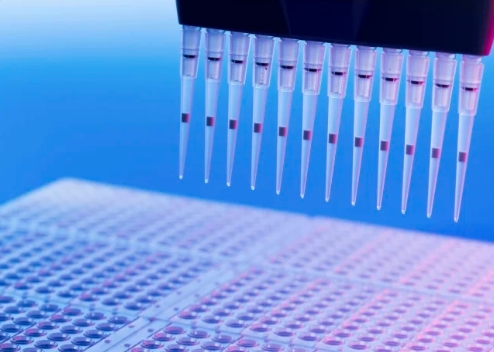
Physicochemical properties are central to the understanding of how molecules behave and interact in different environments. These properties determine the physical and chemical behavior of substances at the molecular level, influencing everything from solubility and stability to reactivity and biological activity. By examining these properties, scientists and engineers can predict how molecules will interact with one another and their surroundings, which is essential in fields like drug development, material science, environmental chemistry, and engineering.

Key Physicochemical Properties and its Influence on Molecular Interactions
Physicochemical properties include characteristics such as melting point, boiling point, solubility, vapor pressure, density, pH, partition coefficient, and molecular weight. These are measurable qualities that reflect the nature of a substance in terms of both its physical form and chemical composition.
For instance, solubility, how well a substance dissolves in a particular solvent—is a critical property in pharmaceutical science. A drug must be sufficiently soluble in bodily fluids to be absorbed into the bloodstream. Similarly, the partition coefficient (log P), which indicates how a compound distributes between aqueous and lipid phases, is vital for understanding how drugs cross cell membranes.
Other properties like hydrogen bonding capacity, polarity, and ionization potential are also crucial in determining molecular behavior. These parameters influence how molecules attract or repel each other, form complexes, or engage in chemical reactions.
Influence on Molecular Interactions
Molecular interactions refer to the forces that occur between atoms and molecules, including hydrogen bonding, ionic interactions, van der Waals forces, and hydrophobic effects. Physicochemical properties govern the strength and type of these interactions.
For example, polar molecules with partial positive and negative charges tend to form hydrogen bonds, which are essential in biological systems like DNA base pairing or protein folding. Molecules with similar polarity are more likely to mix or interact, which is the basis of the principle “like dissolves like.”
The size and shape of molecules, determined by molecular weight and structural features, affect how well they fit into receptors or active sites. This concept is fundamental in drug-receptor interactions, where only molecules with the right physicochemical profile can bind effectively to a target.
Acidity and basicity, reflected in the pKa values of substances, also determine how molecules ionize in different environments, influencing their solubility, transport, and reactivity. For instance, a drug that remains un-ionized at stomach pH may be absorbed more efficiently than one that becomes charged and less permeable.
Engineering and Technological Applications
The role of physicochemical properties extends beyond pure chemistry and biology into applied engineering disciplines. In chemical engineering, these properties inform reactor design, separation processes, and materials selection. Understanding vapor pressure and boiling points, for example, is essential for designing distillation columns.
In environmental science and engineering, the persistence and mobility of pollutants depend heavily on their solubility, volatility, and partition behavior. Engineers use this data to design treatment processes that remove contaminants from water, air, or soil.
Nanotechnology is another field where physicochemical properties are critical. At the nanoscale, surface area, charge distribution, and reactivity determine how particles behave in complex systems. Controlling these properties enables the design of advanced materials for electronics, medicine, and energy.
Conclusion
So now you have learned about what is physicochemical properties. Physicochemical properties are the measurable physical and chemical characteristics of a substance that define how it behaves in various environments. These properties, such as solubility, polarity, molecular weight, and pH, directly shape molecular interactions, influencing everything from reaction dynamics to biological activity. By understanding and manipulating these properties, scientists and engineers can predict and control the behavior of substances at the molecular level, leading to innovations in medicine, materials, and technology.